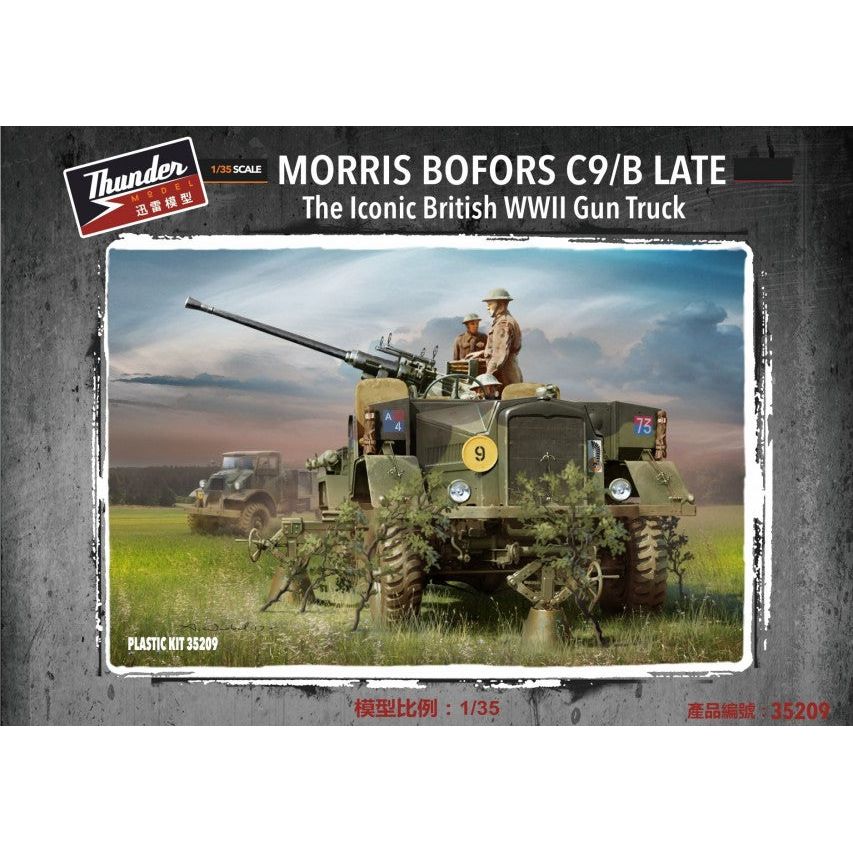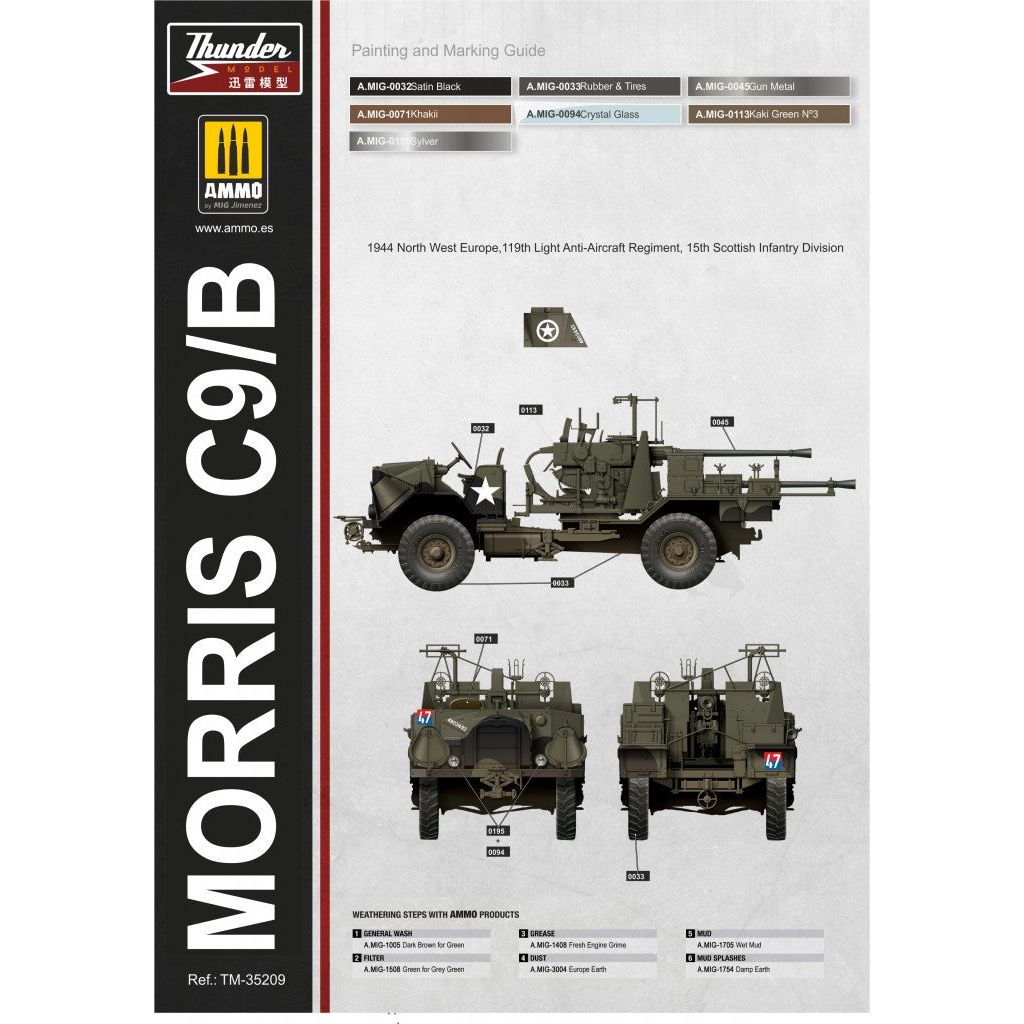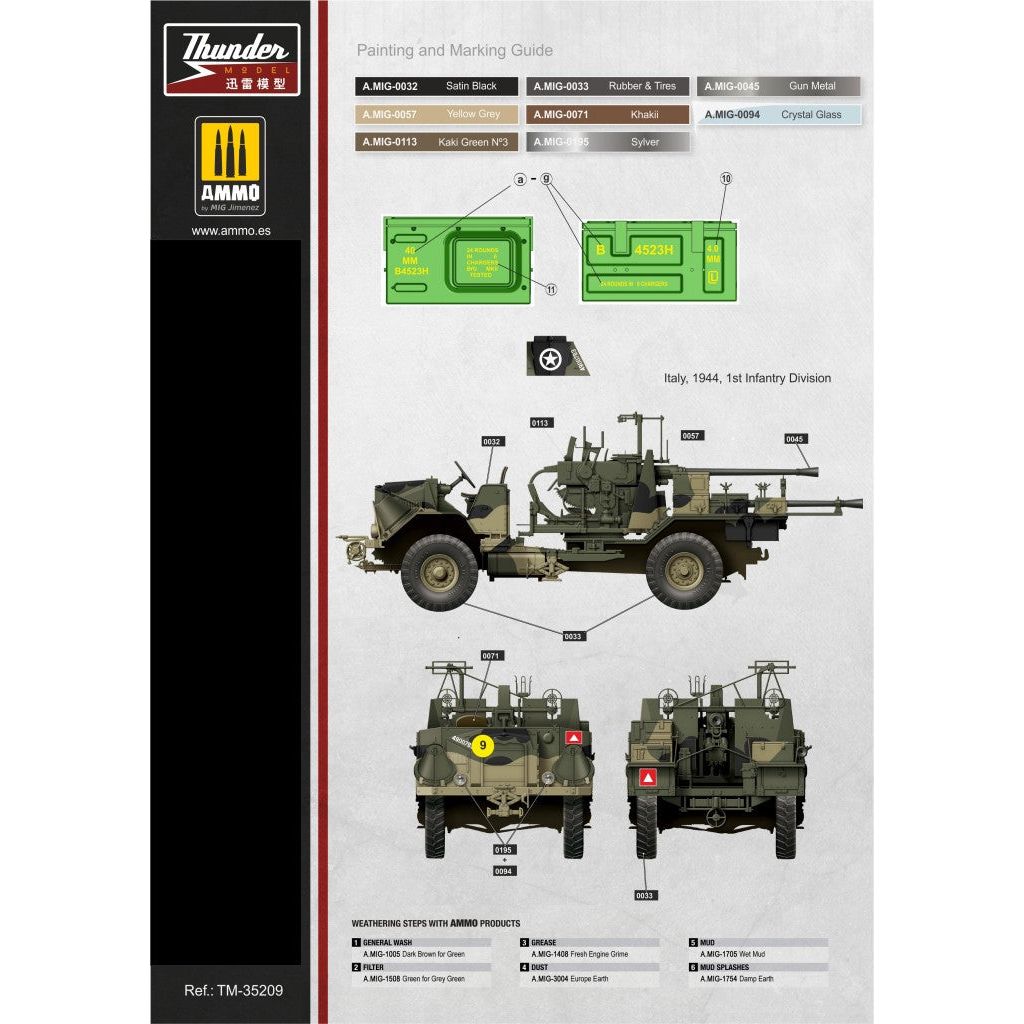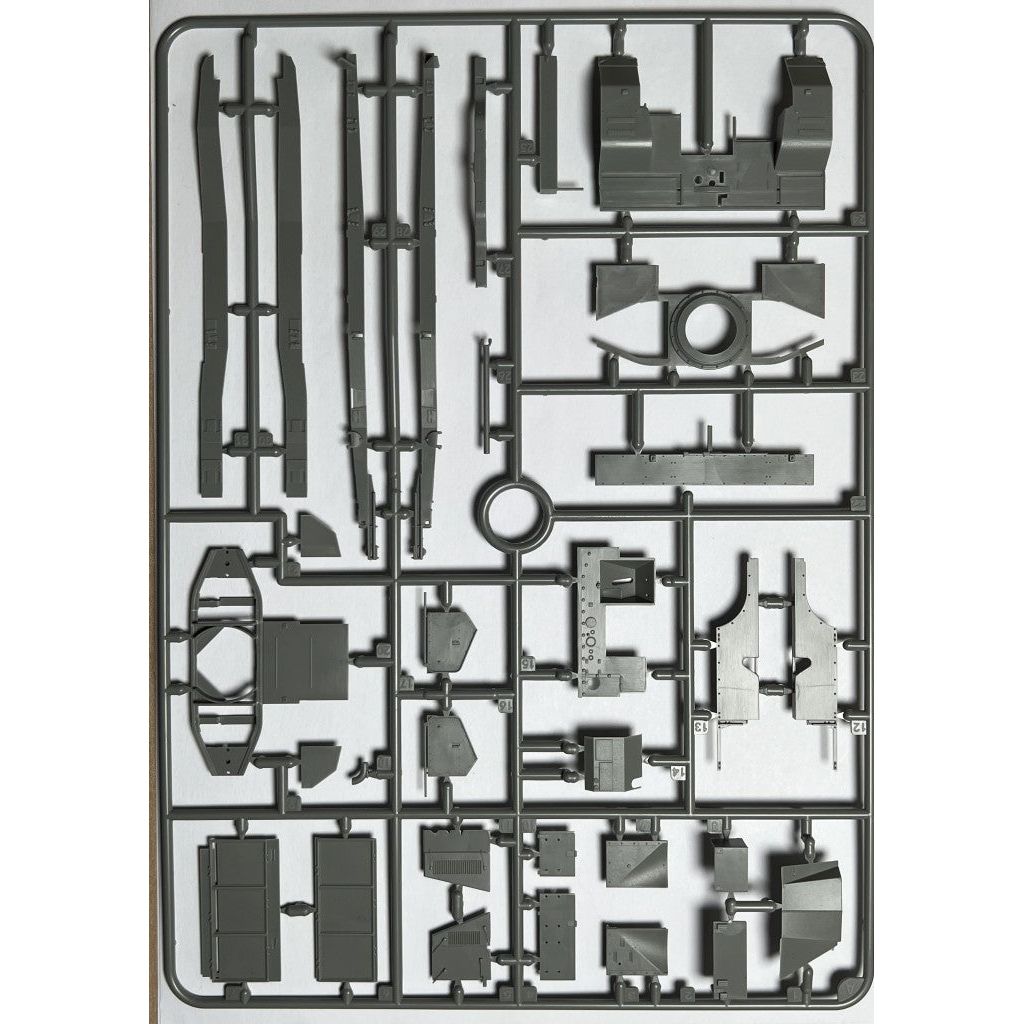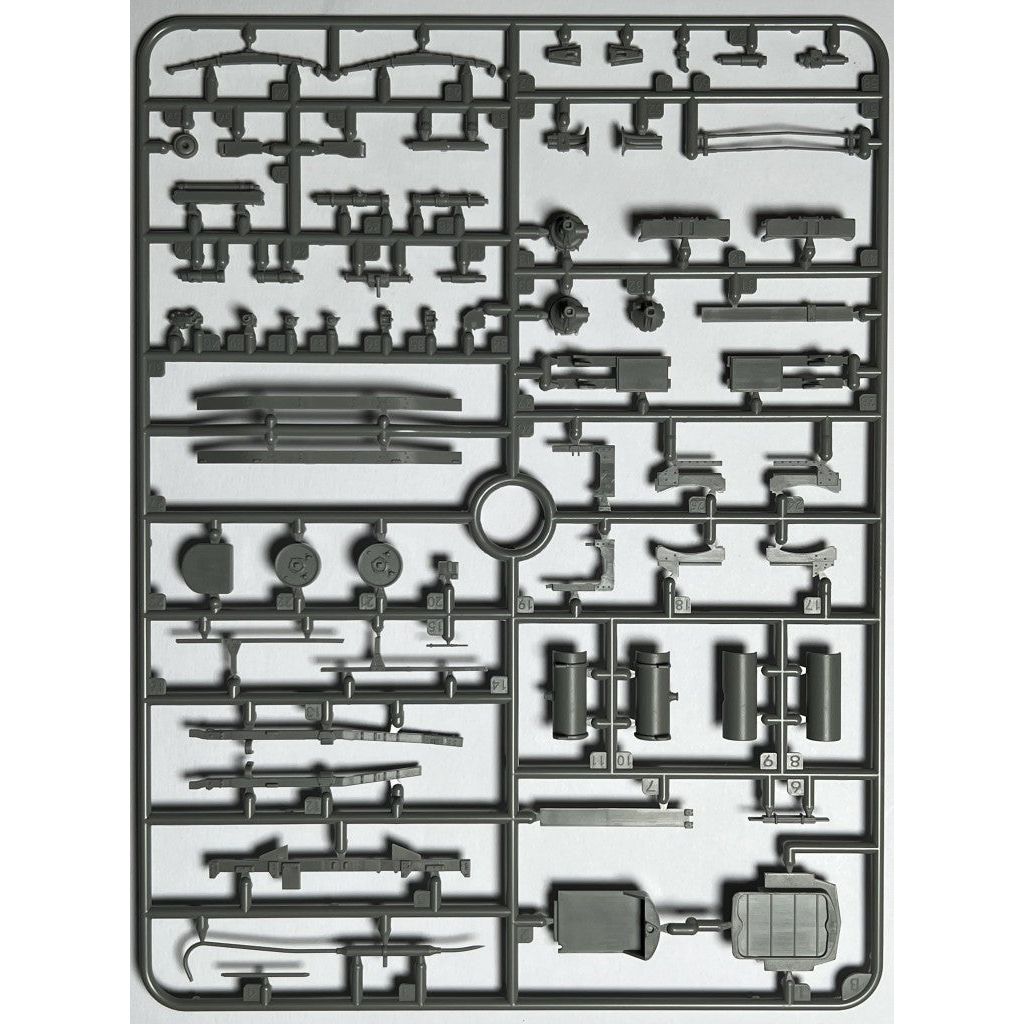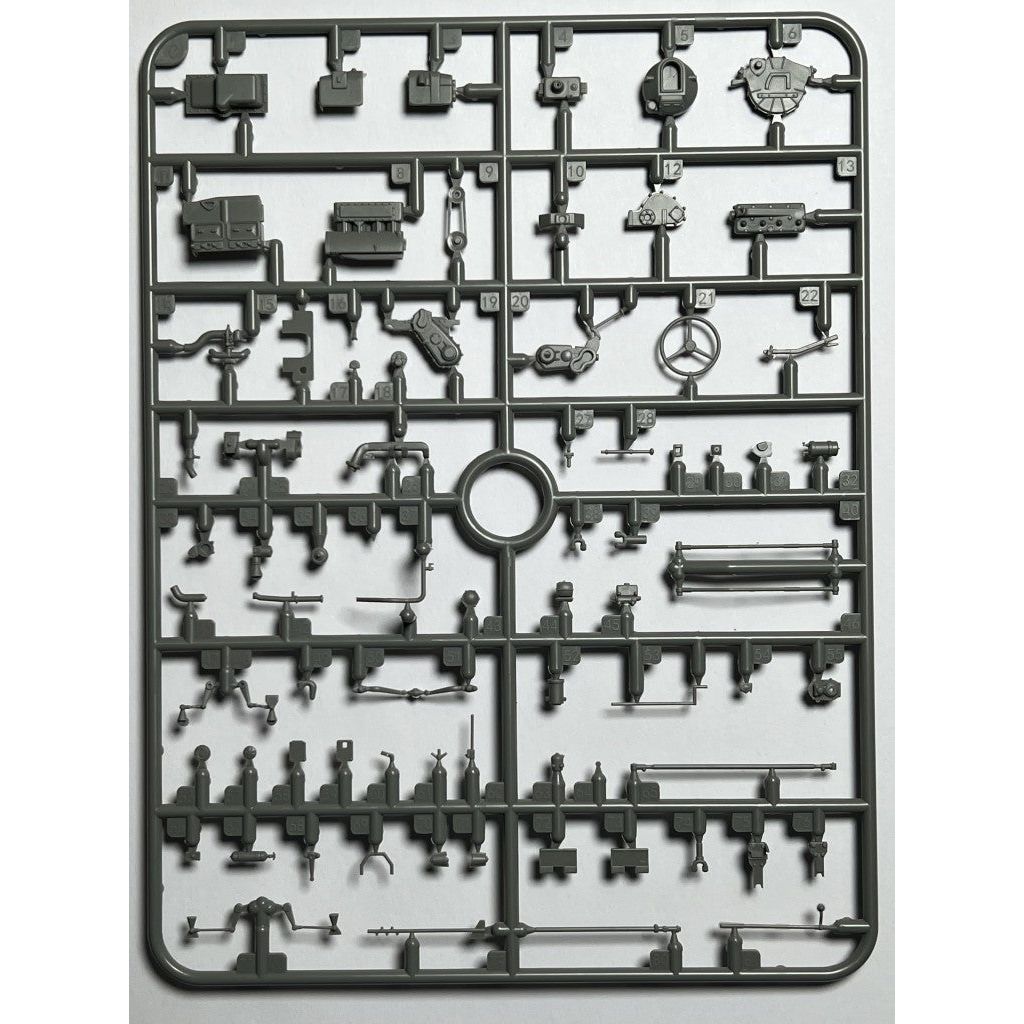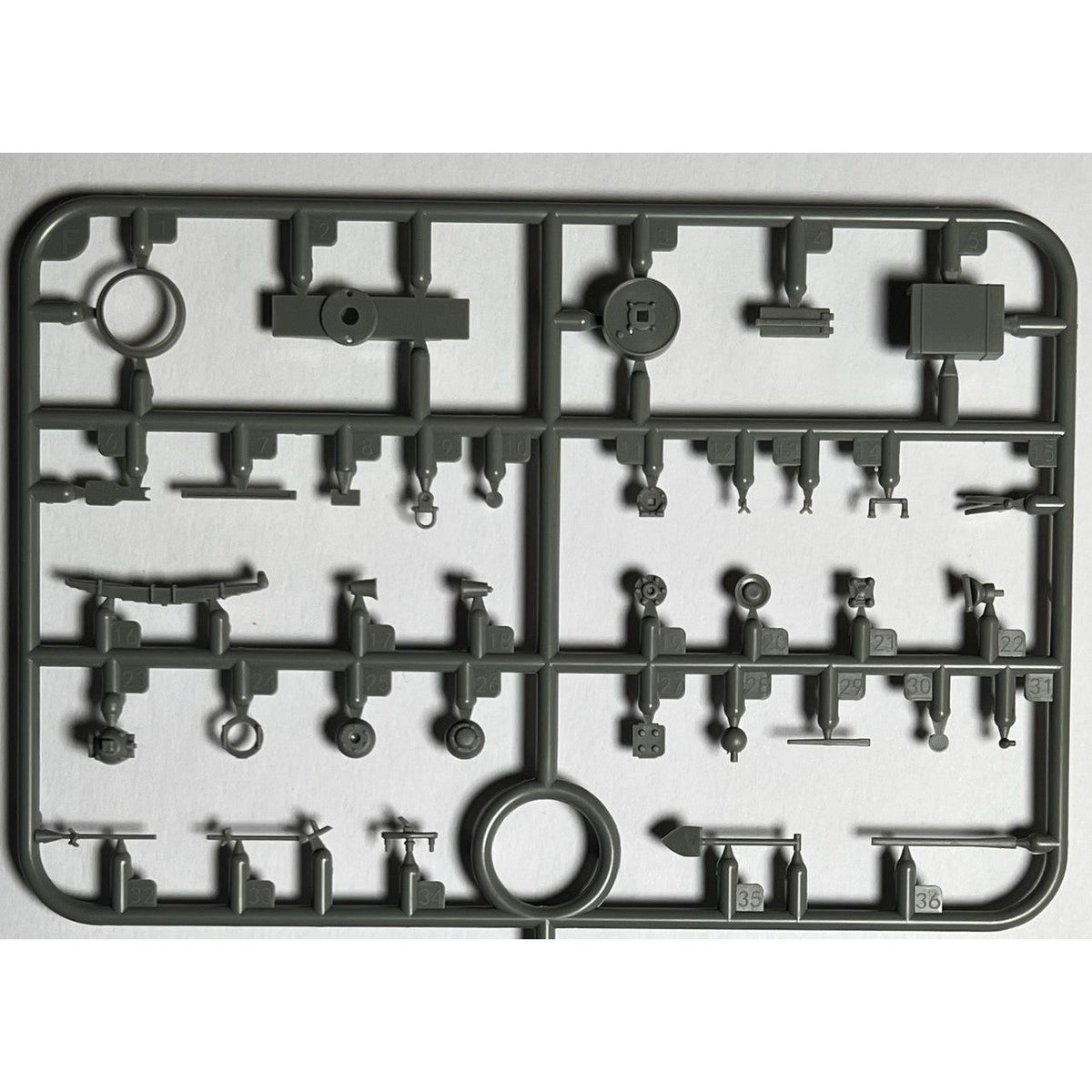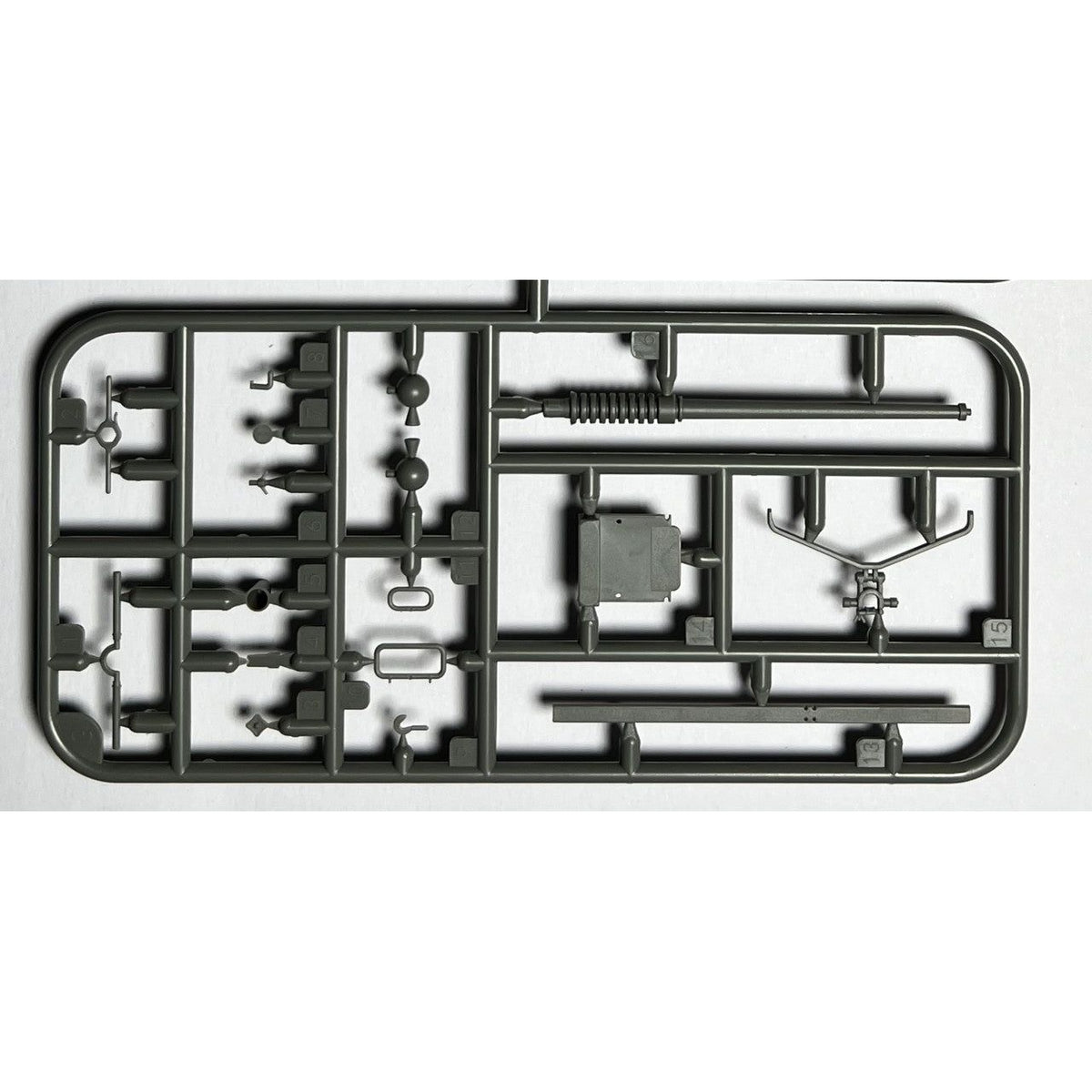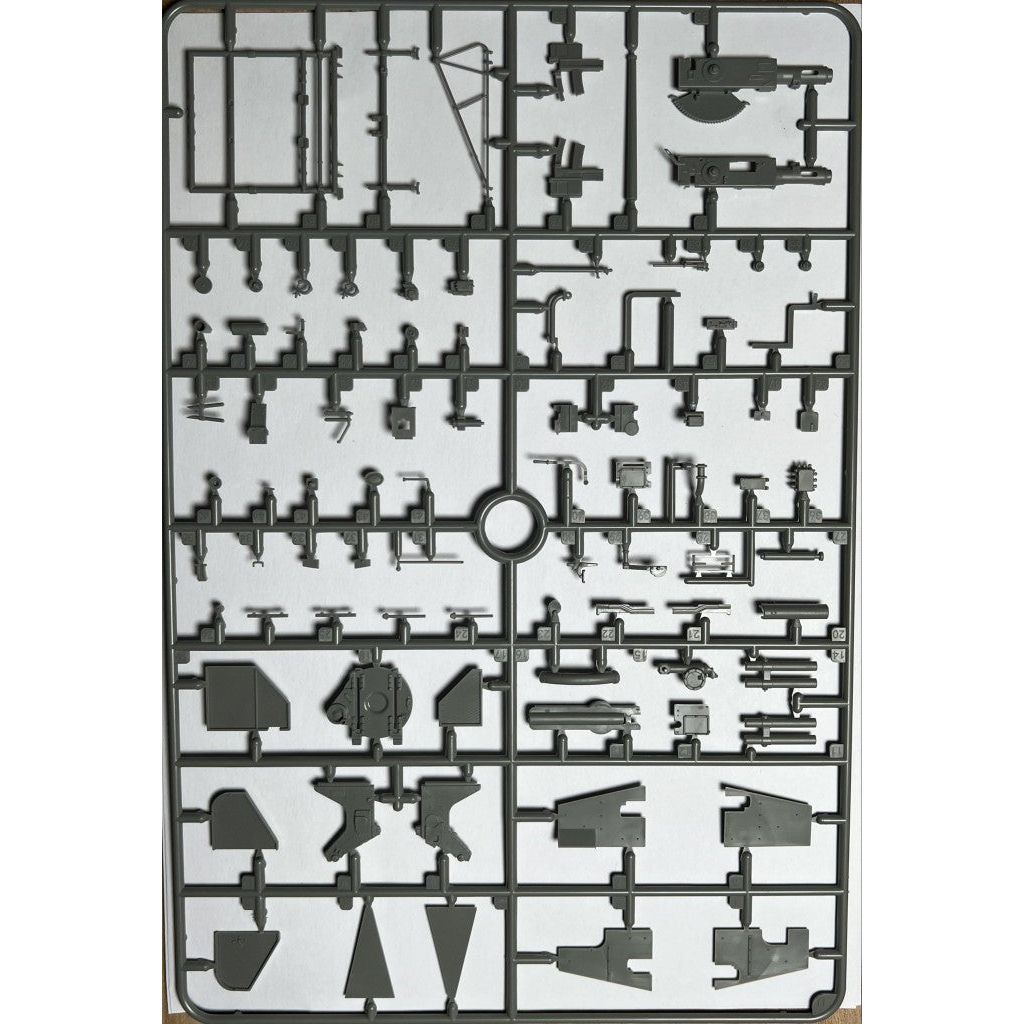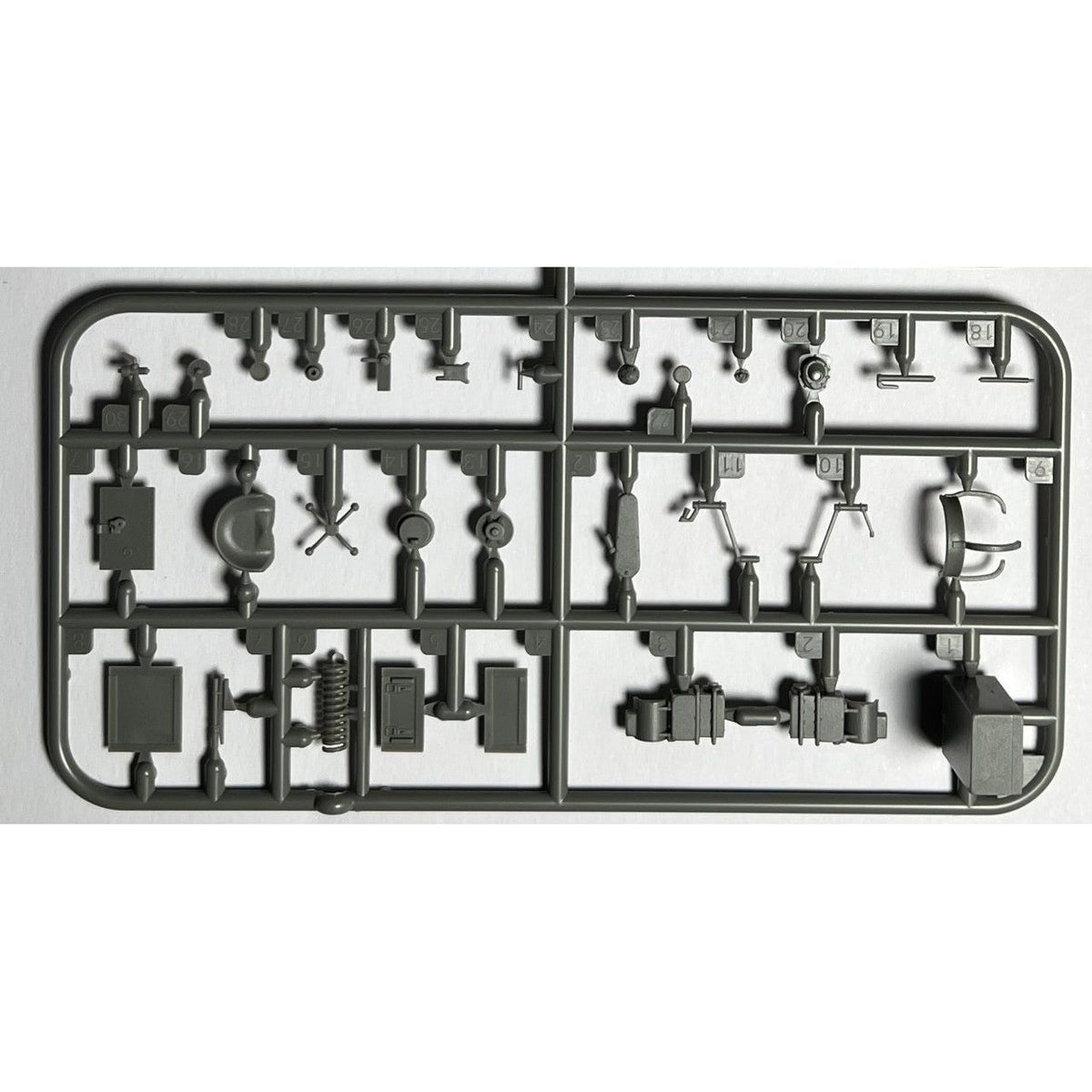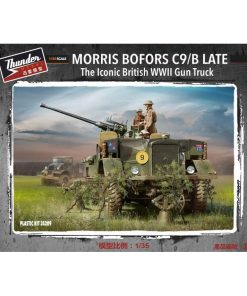THUNDER 1/35 British Morris Bofors C9/B Gun Truck LATE THUNDER MODEL
$ 89,99 $ 44,99
THUNDER MODEL, THUNDER 1/35 BRITISH MORRIS BOFORS C9/B GUN TRUCK LATE (TM35209)
This rare Self-Propelled Anti-Aircraft Gun (SPAAG) began development in 1941 as a private venture by the Morris-Commercial company. Morris was one of Britain’s most famous motor companies, renowned for their cars. They also built a number of vehicles for the military, such as the Morris CS9 Armoured Car and the Morris Light Reconnaissance Car. One of their most famous military vehicles was the Morris C8 Field Artillery Tractor (FAT) also known as ‘Quad’. The Morris C9/B is based on this Tractor and was armed with the 40mm Bofors Anti-Aircraft Gun.
The British War Office liked the combination and placed an order. They were put into production in time for the D-Day operations of summer 1944.
The chosen armament for this self-propelled anti-aircraft gun was perhaps one of the most famous anti-aircraft (AA) guns in history. This 40mm autocannon, designed and built by the Swedish company Bofors, entered military use in 1934. It became one of the most reliable and deadly guns of the time, seeing use with multiple armies during and after the Second World War.
It had a number of uses, being placed on warships, towed into battle or mounted on various tank chassis. The gun fired a 40 mm (1.6 in) shell, weighing 0.2 kg (2 lbs), up to a maximum vertical range of 7,160 m (23,490 ft). The rate of fire was 120 rounds per minute. Elevation range was from −5 degrees to +90 degrees.
The C8’s chassis was lengthened slightly for this new variant. The engine and drive systems remained the same as the C8 base vehicle, retaining the 70 hp Morris EH, 4-cylinder 3.5 liter petrol engine mounted at the front. It also stayed a 4×4 vehicle.
A simplistic, almost skeletal body was installed on the frame, including a cab area at the front that was open to the elements, even lacking doors, with seats for four personnel. Two seats were placed on the right (one for the driver) and two on the left. A canvas cover could be placed over the cab area to provide some protection from the elements. Only the very earliest of vehicles had a windshield installed.
A fully enclosed cab was avoided as its addition would have prevented the gun from having a 360-degree arc of traverse. Even the steering wheel was hinged so it could be folded out of the way of the gun. The 40 mm gun, with a shield, was mounted centrally on the chassis. A flat platform was constructed behind the gun, with stowage for 40 mm ammunition boxes over each of the back wheels. Pioneering tools and crew stowage were located under this flat platform. Apart from the gun shield, the vehicle was completely unarmored.
To provide a stable gunnery platform, four jacks were added to the chassis. One was at the front under the bumper, one at the rear, and one on the left and on the right on arms that folded out. Four conical ‘shoes’ were also used under the jacks to spread the weight of the vehicle over a wider area, with the combination of the two lifting the C9 off its wheels. Only the engine compartment at the front of the vehicle bared any resemblance to the C8 base vehicle, yet even this was distorted thanks to the stowage of the conical ‘shoes’ in stacked pairs on the fenders over the front wheels.
The vehicle sometimes towed a small, wooden two-wheel trailer with a canvas cover. This was likely used to tow extra supplies for the vehicle such as ammunition and possibly fuel.
-13 plastic sprues with 565 parts
-clear parts
-resin cast wheels
-PE detail sheet
-2 marking option decal with instruments placards and ammo boxes markings
-accurately reproduced to the highest detail standard
-gun and turntable can be assembled in any position
-vehicle supports can be assembled in traveling or firing position
PDF CORRECTED instructions download here
Quick Shipping and Professional Packaging
Due to our long-term partnership in a long-standing partnership with UPS, FedEx, DHL and many other leading global carriers, we are able to offer an array of shipping options. Our warehouse staff are highly trained and will pack your products according to our precise and precise specifications. Your items will undergo a thorough inspection and be securely secured prior to being delivered. We ship to thousands clients each day across multiple countries. This is an indication of our dedication to being the biggest online retailer in the world. The warehouses are located in Europe as much as they are in the USA.
Note: Orders that include more than one item are assigned a processing time in accordance with the item.
Prior to shipment before shipping, we'll inspect thoroughly the items you've ordered. The majority of orders are shipped within 48 hrs. The time to deliver varies from 3-7 days.
Returns
We don't manage the stock in our warehouse and factory. Stocks are subject to change at any moment. You may not receive your order after the order has been made.
Our policy is for 30 days. If you have passed 30 days by since your purchase, unfortunately we can't offer you a refund or exchange.
The item cannot be used and in its original condition. It should also be in the original packaging.
Related products
RADIO CONTROL
RADIO CONTROL
RADIO CONTROL
RADIO CONTROL
RADIO CONTROL
RADIO CONTROL
RADIO CONTROL
RADIO CONTROL
RADIO CONTROL
RADIO CONTROL
RADIO CONTROL
RADIO CONTROL
